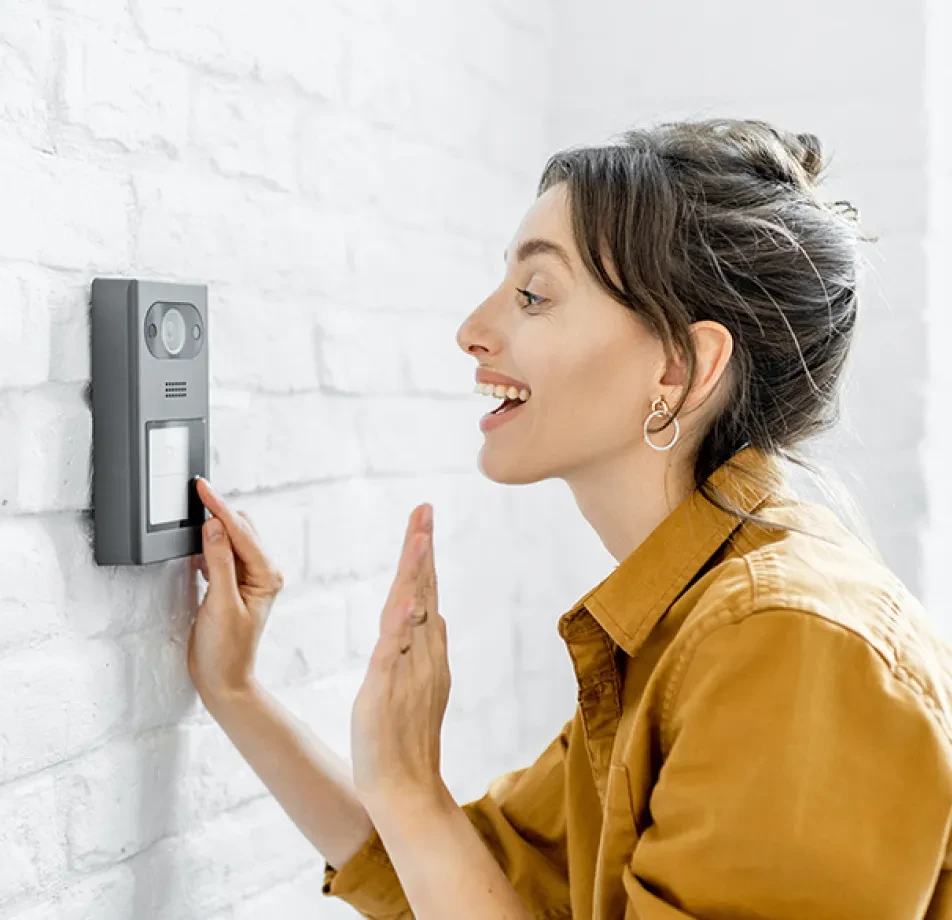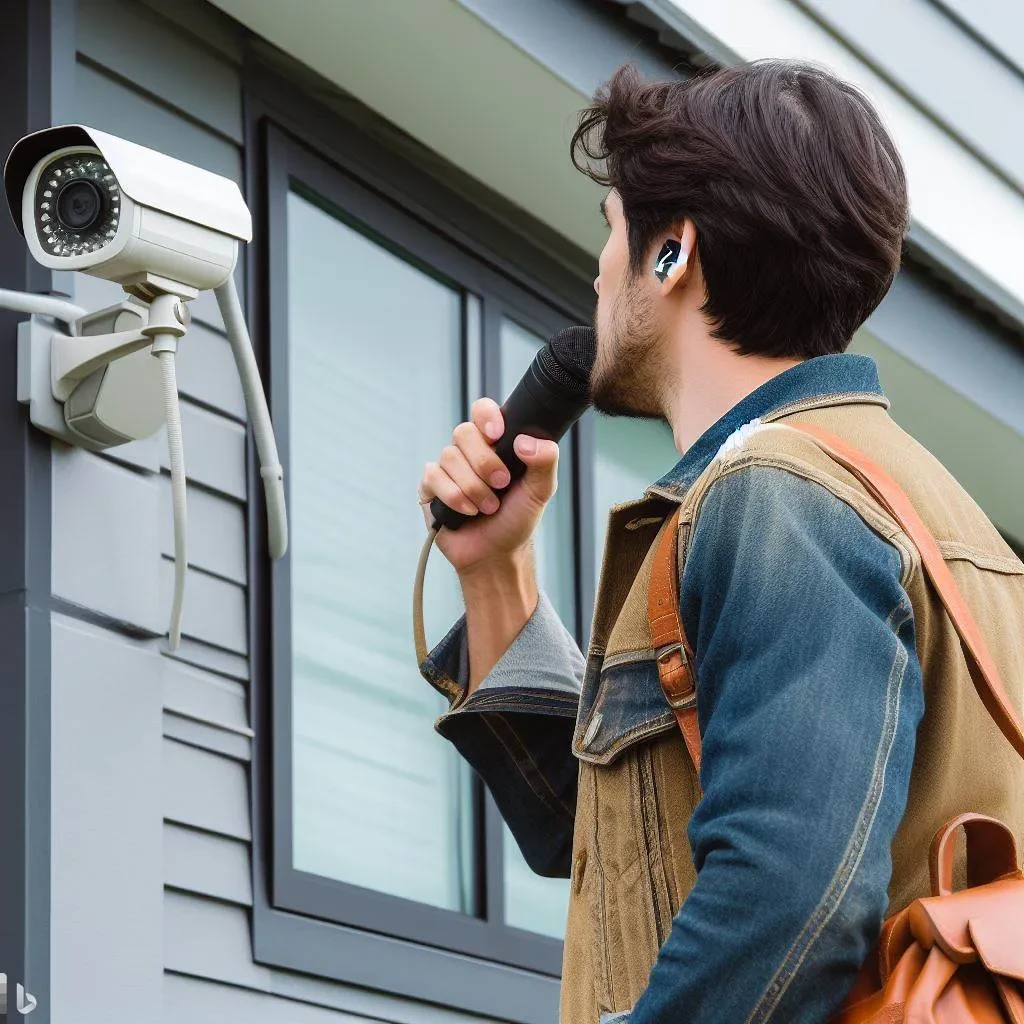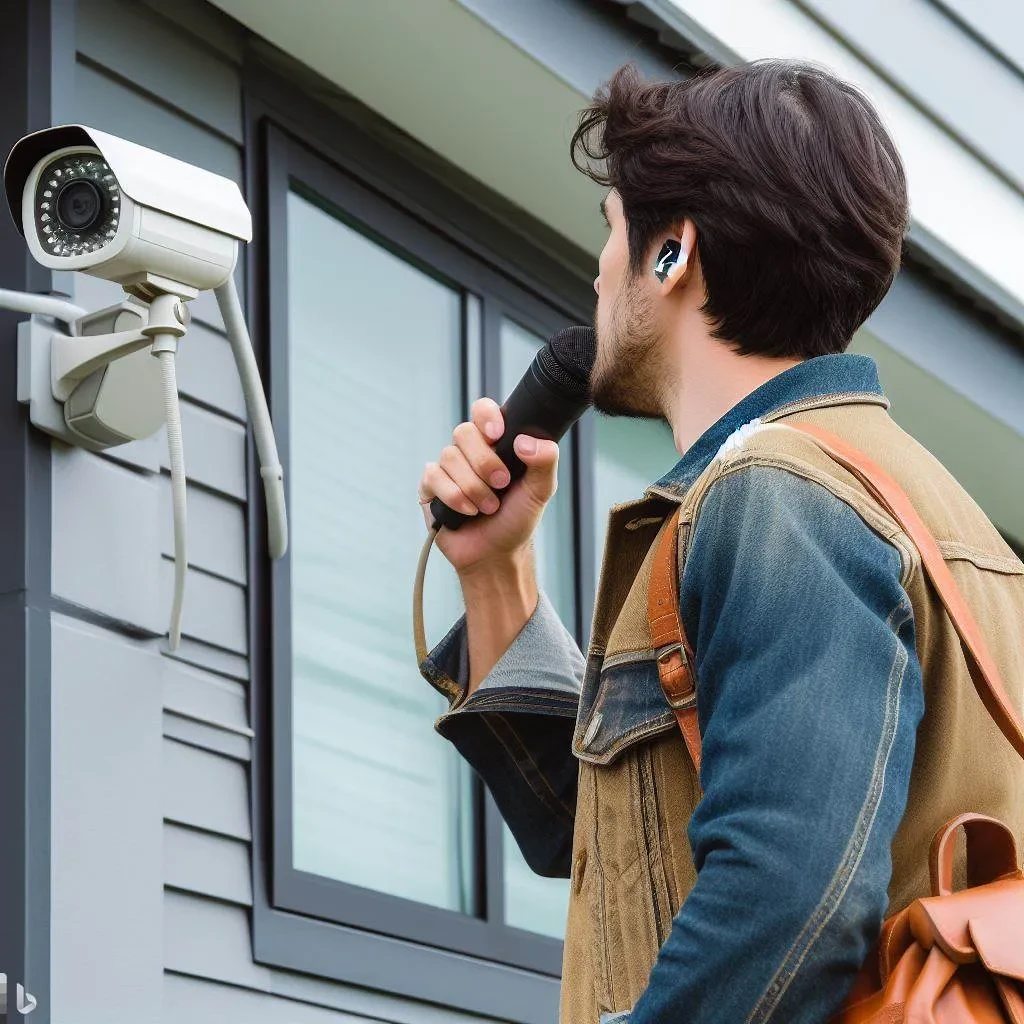Speaker Identification for Security Systems
Home » Case Study » Speaker Identification for Security Systems
Project Overview:
Objective
Our mission is to bolster security infrastructures by leveraging the power of speaker identification technology. This technology uniquely identifies individuals through their voice patterns, offering a seamless blend of convenience and reliability in security systems.
Scope
We have dedicated our resources to continuously enrich our datasets. Our approach encompasses extensive research and development, ensuring the evolution of speaker identification systems. We emphasize not only technological advancement but also uphold ethical and privacy standards.




Sources
- Voice Biometrics for Speaker Identification and Verification (Published in the Journal of Computer Science and Technology) – This source provides insights into the principles and techniques of voice biometrics, including speaker identification and verification for security applications.
- Voice Biometrics: The Future of Security (Published on the VoiceIt blog) – This source discusses the practical applications of voice biometrics, including its role in enhancing security systems and the potential benefits it offers for various industries.



Data Collection Metrics
- Data Collected: We have amassed over 500,000 individual voice samples.
- Data Annotated: Our team has meticulously annotated 400,000 of these samples for precise model training.
- Data Accuracy: We prioritize data precision and truthfulness in our collection process.
- Data Completeness: Our rigorous approach ensures comprehensive data collection, capturing the nuances of voice patterns.
Annotation Process
Stages
- Identification: Recognizing the issue or opportunity at hand.
- Planning: Developing a detailed plan to address the identified issue or opportunity.
- Execution: Implementing the plan and carrying out the necessary tasks.
- Monitoring: Continuously tracking progress and performance.
- Completion: Finalizing the project or task and evaluating results.
- Review: Assessing the process and outcomes for learning and improvement.
Annotation Metrics
- Precision: Measures annotation accuracy.
- Recall: Gauges the ability to capture relevant instances.
- F1 Score: Balances precision and recall for overall performance assessment.




Quality Assurance
Stages
Data Privacy Compliance: QA processes should adhere to data privacy regulations to protect sensitive information during testing and ensure compliance with laws like GDPR and HIPAA.
Privacy by Design: Quality assurance should integrate privacy considerations from the beginning of the software development process, ensuring that privacy is a fundamental aspect of the system, not an afterthought.
User Consent and Transparency: Obtain user consent when using real data for testing, and be transparent about data usage and testing practices to maintain trust and ethical standards, especially in applications involving personal data.
QA Metrics
- Defect Density: Measures defects per unit of code, reflecting code quality.
- Test Coverage: Quantifies the extent of code testing, indicating the thoroughness of test efforts.
Conclusion
In conclusion, speaker identification technology serves as a valuable tool for enhancing security systems, offering a convenient and efficient means of verifying individual identities through unique voice patterns.

Quality Data Creation

Guaranteed TAT

ISO 9001:2015, ISO/IEC 27001:2013 Certified

HIPAA Compliance

GDPR Compliance

Compliance and Security
Let's Discuss your Data collection Requirement With Us
To get a detailed estimation of requirements please reach us.
